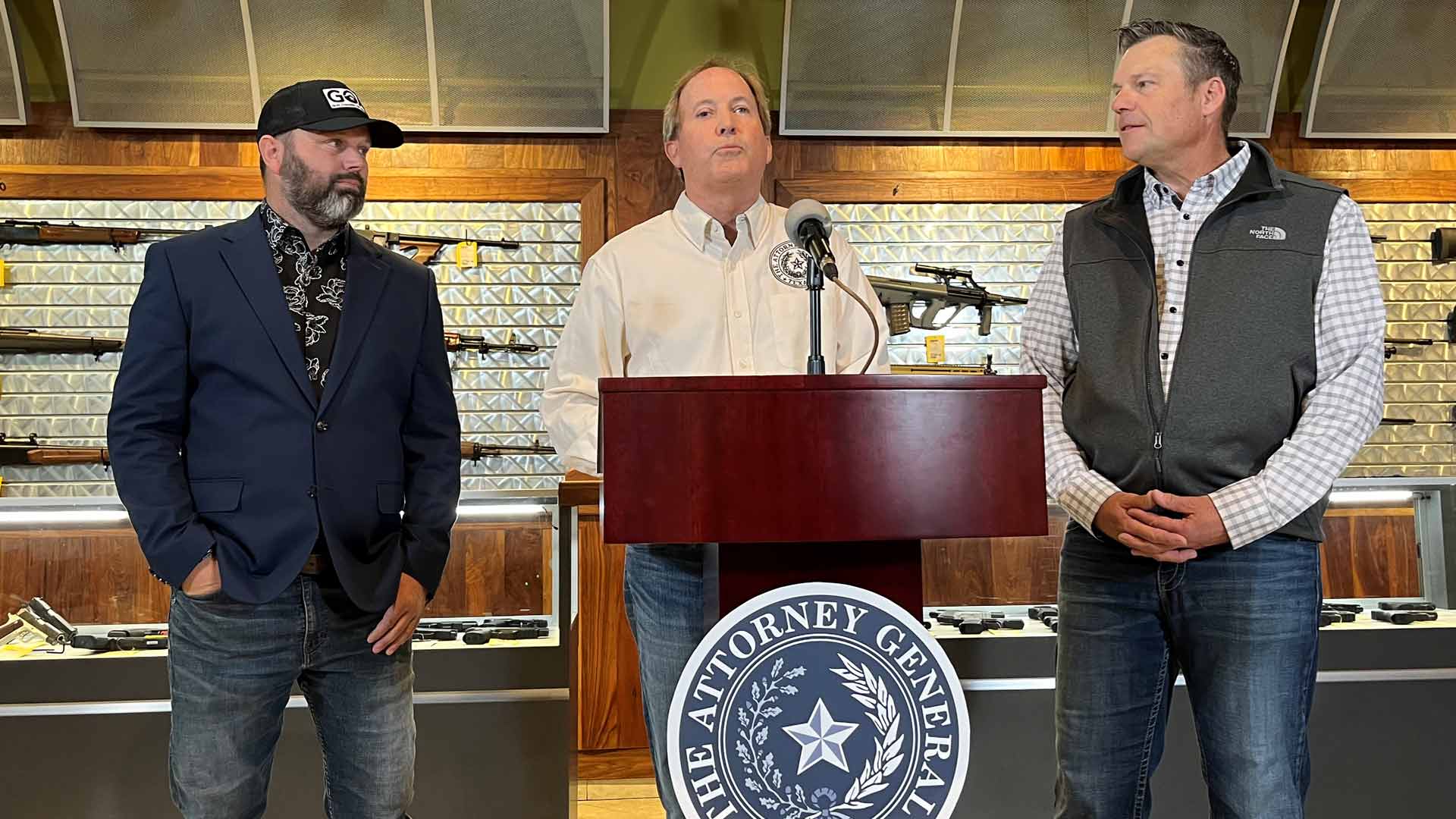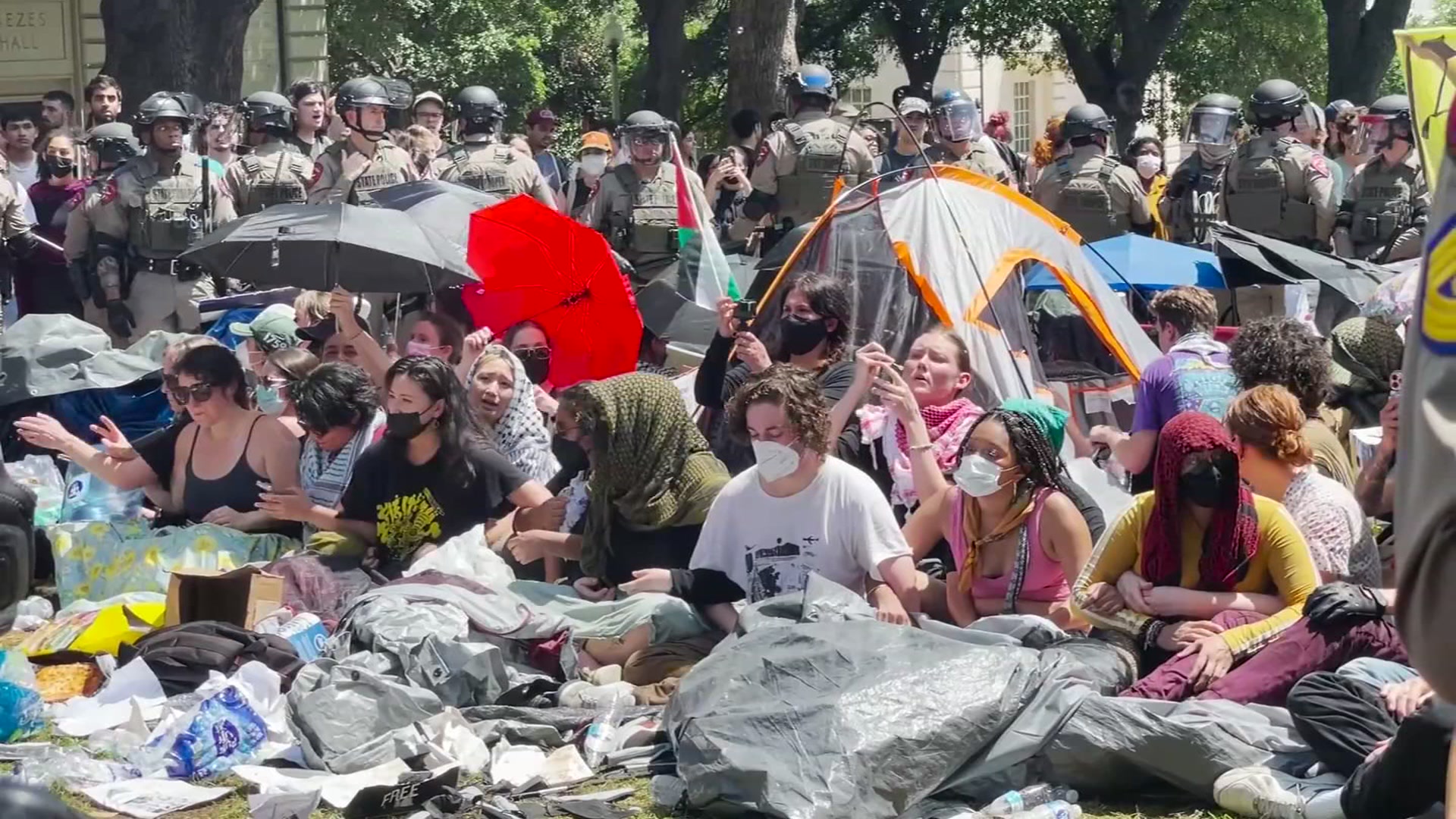With triple-digit heat and less wind and sunlight expected Thursday, tight conditions were in effect on the Texas power grid in the afternoon and evening, leading to a call for conservation from ERCOT.
"Due to continued high temperatures, high demand, low wind, and declining solar power generation this afternoon, operating reserves are expected to be low into the afternoon and evening hours," ERCOT said in a statement late Thursday morning. "ERCOT is not in emergency operations, and controlled outages are not needed at this time."
ERCOT's Supply and Demand dashboard again showed a narrowing between supply and demand for the afternoon with the demand exceeding supply after 7 p.m.
ERCOT asked Texans to curb their energy use from 5 p.m. until 9 p.m. Thursday.
Get DFW local news, weather forecasts and entertainment stories to your inbox. Sign up for NBC DFW newsletters.
On Wednesday, ERCOT issued a Level 2 Energy Emergency Alert Wednesday night due to lower power reserves. It was the first time since 2021 that the agency had issued a Level 2 alert due to dwindling reserves.
"It's always a balance of supply and demand and supply was low because the sun was setting while the winds were still very slow and demand was higher than it has ever been in September," said Daniel Cohan, an associate professor of environmental engineering at Rice.
Texas News
News from around the state of Texas.
He said Texans have gotten so used to the voluntary conservation alerts that people probably stopped paying attention, but Wednesday night was different since it was the second highest emergency alert level, something ERCOT hadn't done since 'the freeze' of 2021.
Texans heard the call and conserved enough electricity to hold off "load shedding" or rolling blackouts Wednesday.
“Any one of us what we do is not making a big difference, but there are 10s of millions of us living in Texas consuming power on the ERCOT grid, and so collectively, the decisions that we make do make a difference in overall amount of demand, and conditions during this heatwave are getting extremely close around sunset and so those little things we do to give the extra margin can help keep the grid on," said Cohan.
He said during emergency operations, ERCOT will focus on large consumers of energy like factories, refineries, manufacturers, data centers and cryptocurrency miners.
"They turned to them first and they've been getting some reductions in demand that helped them keep the lights on last night and other times this summer," said Cohan.
ERCOT moved out of emergency operations and said the grid returned to normal operations Wednesday night. Meanwhile, a Weather Watch issued earlier this week remains in effect through Sept. 8.
ERCOT has several different Energy Emergency Alert levels
or EEAs. After Normal Grid Conditions, the levels are Conservation Alert level, then EEA 1, 2, and 3.Here’s what the alert levels mean:
- Conservation Alert: This is a voluntary request to reduce electrical use, ERCOT said. While ERCOT said it is not in emergency operations, it asks the public and “all government agencies to implement all programs to reduce energy use at their facilities.”
- Energy Emergency Level 1: Conservation is considered to be critical. We reach this stage when operating reserves drop below 2,300 MW and are not expected to recover within 30 minutes.
- Emergency Level 2: Triggered when reserves are less than 1,750 MW and are not expected to recover within 30 minutes. At this point, ERCOT can reduce demand on the system by interrupting power from large industrial customers who have contractually agreed to have their electricity turned off during an emergency.
- Emergency Level 3: The final level hits when reserves drop below 1,430 MW. If operating reserves then drop below 1,000 MW and are not expected to recover within 30 minutes and/or the grid’s frequency level cannot be maintained at 60 Hz, then ERCOT will implement “controlled outages,” also known as rolling blackouts.
What can I do to help?
ERCOT is asking Texans to take simple power conservation steps to reduce demand on the grid.
- Raise the thermostat by a degree or two, if safe to do so.
- Avoid using large appliances like washers and dryers.
- Turn off and unplug non-essential lights and appliances.
- Set pool pumps to run early morning or overnight instead of peak hours.
Why the Request to Reduce Usage?
- Heat. Continued statewide high temperatures.
- Demand. Texas is seeing high demand due to the heat.
- Solar. Solar generation starts to decline earlier in the afternoon hours towards the end of summer before completely going offline at sunset.
- Wind. Wind generation is forecasted to be low this evening during peak demand time.
The PUCT's Power to Save website has tips for reducing electricity use in homes and businesses and other energy-saving tips are available at TXANS (ercot.com).
Peak Demand
- ERCOT set a new, all-time, unofficial peak demand record of 85,435 MW on August 10, 2023.
- ERCOT set a new all-time September peak demand record of 81,674 MW on September 5, 2023, surpassing the previous September peak of 78,459 MW set on September 4.
- This summer, ERCOT has set 10 new all-time peak demand records.
- Last summer, ERCOT set 11 new peak demand records with a high of 80,148 MW on July 20.
Consumer Assistance
- Public Utility Commission of Texas Hotline: 1-888-782-8477
To Stay Up to Date
- Sign up for TXANS notifications on the TXANS
- Download the ERCOT Mobile App for additional notifications: iOS| Android.
- Monitor real-time and extended conditions at ercot.com.
- Subscribe to ERCOT Emergency Alerts which are not sent through TXANS notifications.
- Follow ERCOT on Twitter (@ERCOT_ISO), Facebook (Electric Reliability Council of Texas), and LinkedIn (ERCOT).
Cohan said research shows if the high temperatures at extended time continue, it could cause issues for the grid in the future.
"We're seeing a heatwave that isn't quite as hot as it was in August but is about as hot as it's ever been in September and that's pushing demand far higher than it has ever seen this time of year. Some of the research that we've been doing at Rice finds that in the future as we go to larger and larger reliance on wind and solar that these September evenings can be especially tricky because the winds tend to be slower and if it does still stay so hot, it can be a tough time for the grid to match demand," explained Cohan.
"It used to be that we worried most about the very hottest hours of the summer when the air conditioners were running most intensely. Now that solar [power] has grown and we have so many solar farms making those hottest hours easier, we're seeing instead a sunset squeeze, we're seeing the squeeze that can happen when those solar farms aren't helping us as much and before the winds have picked up on on certain nights," said Cohan.
He said solar and wind make up about a quarter of the state's power.
Cohan added that Texans should soon see several new solar and battery projects already in the queue but that new natural gas plants are likely three to five years out, even after state lawmakers passed a bill to incentivize such projects.



